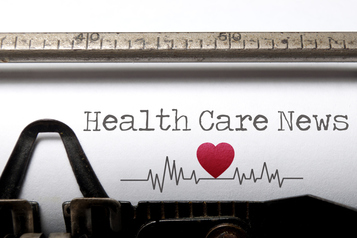At BlueSynergy, we recognize that transitioning to a new ISO standard may raise some questions. We offer several options to help ease the transition process worry. We have created a series of webinars just for this transition process. These webinars are working webinars designed to give you tangible outputs to assist you in your process. These informative webinars include: 1) Transition Planning, 2) Changes to ISO 9001 and 3) Risk-Based Thinking. Each webinar is sixty (60) minutes and includes a series of tools to help you in this journey. These are working webinars that include the use of each tool, therefore space is limited. Cost is $199.00 per person per webinar. Check out our Webinars 2015 tab above for more information.
Now through November 30th, when you purchase all three (3) transition webinars, you will receive 1/2 hour of expert transition advice from BlueSynergy. We can help you with the tools that you receive from each webinar to make a plan to meet your specific needs.
We have also created three (3) very affordable options that include both on-site and off-site support. Our first option includes one (1) year of support at the price you might pay for a three (3) day class from other consulting companies in this market. These options are designed to be hospital specific and can be applied to any size hospital or tenure with DNV-GL accreditation. Our second option (also a one year engagement) is a bit more robust and provides for a transition plan that is based more on performance of your Quality Management System (QMS). The third option is heavily laden with integration and sustainability of your hospital's systems. Some features here include Cost of Quality activities, creation of a risk-management framework, Value-Added Auditing and a full Governance Structure integration to include, quality, safety, risk, environmental and others. Each of these three (3) options will be customized for each hospital client. This third option is also a one (1) year engagement.
At BlueSynergy, we provide value to our customers with these options through accountability to your objectives and by communicating your ROI throughout this engagement. Your QMS should not be overhead. Your QMS should be driving you to a safer environment with sustainable improvements. We want to ensure that your QMS does not cost, but rather, it pays! Contact us through the tab above or call us toll free at 1-844-424-7825.
Now through November 30th, when you purchase all three (3) transition webinars, you will receive 1/2 hour of expert transition advice from BlueSynergy. We can help you with the tools that you receive from each webinar to make a plan to meet your specific needs.
We have also created three (3) very affordable options that include both on-site and off-site support. Our first option includes one (1) year of support at the price you might pay for a three (3) day class from other consulting companies in this market. These options are designed to be hospital specific and can be applied to any size hospital or tenure with DNV-GL accreditation. Our second option (also a one year engagement) is a bit more robust and provides for a transition plan that is based more on performance of your Quality Management System (QMS). The third option is heavily laden with integration and sustainability of your hospital's systems. Some features here include Cost of Quality activities, creation of a risk-management framework, Value-Added Auditing and a full Governance Structure integration to include, quality, safety, risk, environmental and others. Each of these three (3) options will be customized for each hospital client. This third option is also a one (1) year engagement.
At BlueSynergy, we provide value to our customers with these options through accountability to your objectives and by communicating your ROI throughout this engagement. Your QMS should not be overhead. Your QMS should be driving you to a safer environment with sustainable improvements. We want to ensure that your QMS does not cost, but rather, it pays! Contact us through the tab above or call us toll free at 1-844-424-7825.


 RSS Feed
RSS Feed